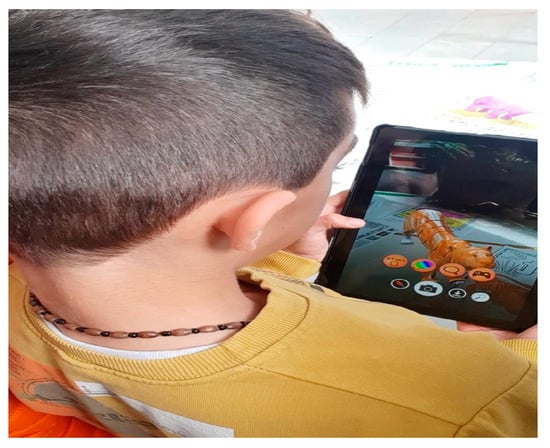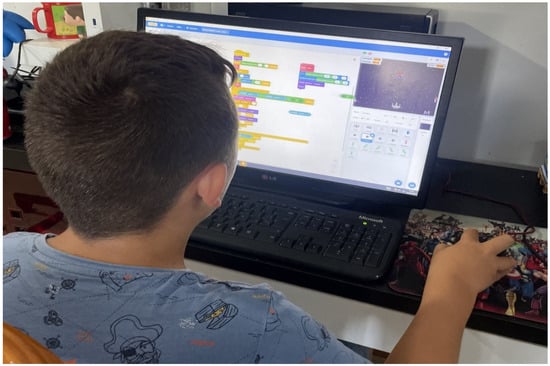Multimedia-Based Digital Learning
A topical collection in Digital (ISSN 2673-6470).
Viewed by 8439Editor
Topical Collection Information
Dear Colleagues,
With the rise of digital in all areas of our lives, we are seeing an increase in the use of digital services in learning. A variety of media, such as text, symbols, images, pictures, audio, video, and animations, have been designed to assist digital learning with tools that can be used in presentations, classroom or laboratory learning, simulations, e-learning, computer games, and virtual reality; thereby, students/ employees can learn basic knowledge and visualization skills through the Internet. The use of ICT in teaching transforms the learning environment from teacher-centred to learner-centred; the use of learning tools and applications provides students a stimulating experience so that they attain a better understanding of concepts.
Digital multimedia technology brings about improvement in teaching and learning. However, there are a number of limitations in this technology, such as unfriendly programming or user interface, single target group and area, lack of required knowledge and skill, and high cost of maintenance among others. It is important to explore advanced mobile technology with several multimedia components to enhance teaching and learning processes across a diverse group of learners.
In this Topic Collection, we will research all aspects of the area of multimedia technologies in digital learning, from mobile applications for teaching and learning to multimedia learning environments and virtual laboratories. Submissions should describe original, significant, and unpublished work. Possible topics include but are not limited to:
- Advanced classroom technologies
- Animation and 3D applications
- Blended learning
- Collaborative learning
- Collaborative virtual environments
- Computational thinking
- Curriculum content design and development
- Distance education
- E-Assessment
- Educational games and software
- Educational multimedia
- Educational robotics
- Educational systems design
- E-Learning initiatives
- E-Learning platforms
- E-tutoring
- Internet
- Learning analytics
- Learning management systems
- Managed learning environments
- Mobile learning
- Online classroom
- Online/virtual laboratories
- Open access education
- Simulation and animation
- Smartphones and mobile applications
- Web-based learning communities
Dr. Manuel Reis
Collection Editor
Manuscript Submission Information
Manuscripts should be submitted online at www.mdpi.com by registering and logging in to this website. Once you are registered, click here to go to the submission form. Manuscripts can be submitted until the deadline. All submissions that pass pre-check are peer-reviewed. Accepted papers will be published continuously in the journal (as soon as accepted) and will be listed together on the collection website. Research articles, review articles as well as short communications are invited. For planned papers, a title and short abstract (about 100 words) can be sent to the Editorial Office for announcement on this website.
Submitted manuscripts should not have been published previously, nor be under consideration for publication elsewhere (except conference proceedings papers). All manuscripts are thoroughly refereed through a single-blind peer-review process. A guide for authors and other relevant information for submission of manuscripts is available on the Instructions for Authors page. Digital is an international peer-reviewed open access quarterly journal published by MDPI.
Please visit the Instructions for Authors page before submitting a manuscript. The Article Processing Charge (APC) for publication in this open access journal is 1000 CHF (Swiss Francs). Submitted papers should be well formatted and use good English. Authors may use MDPI's English editing service prior to publication or during author revisions.









